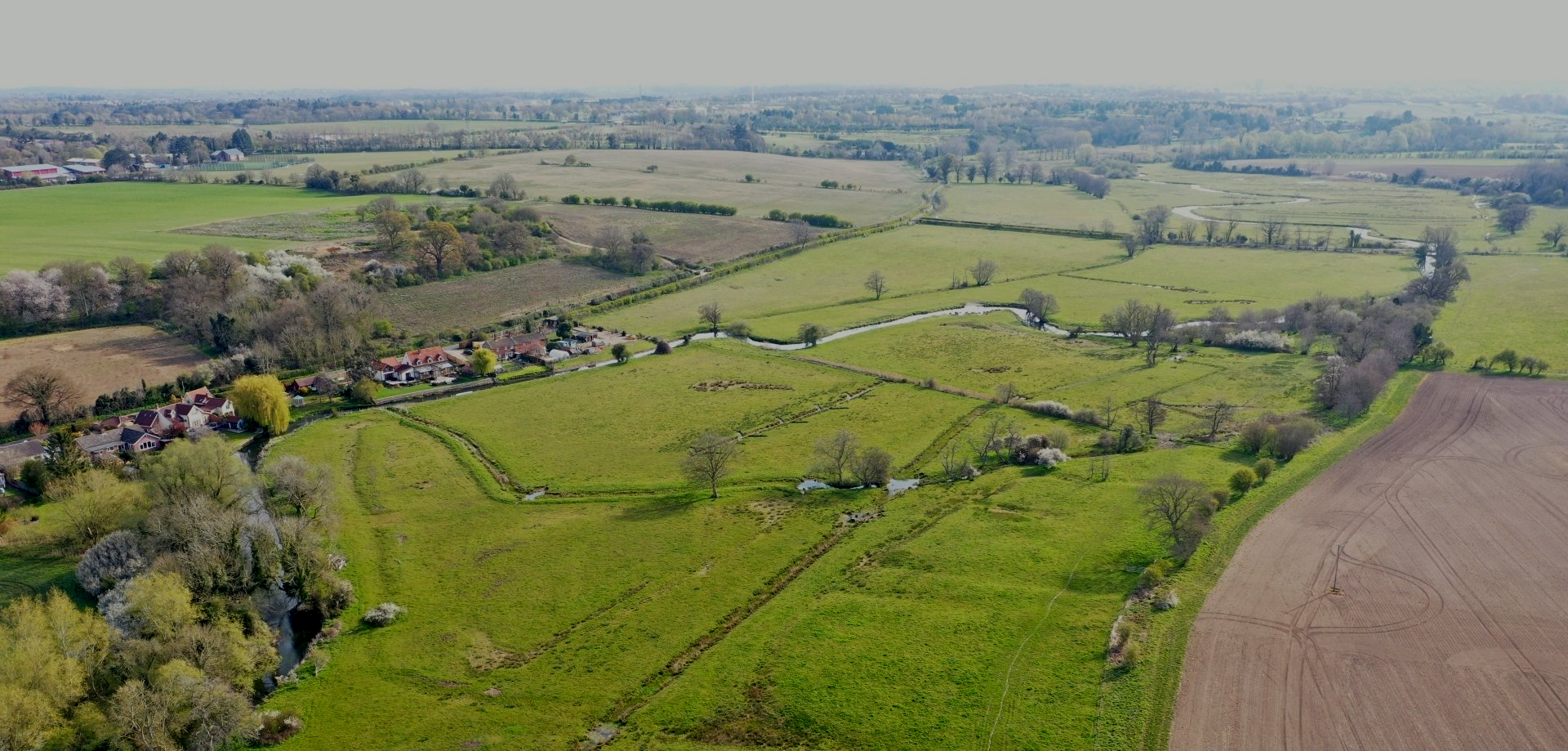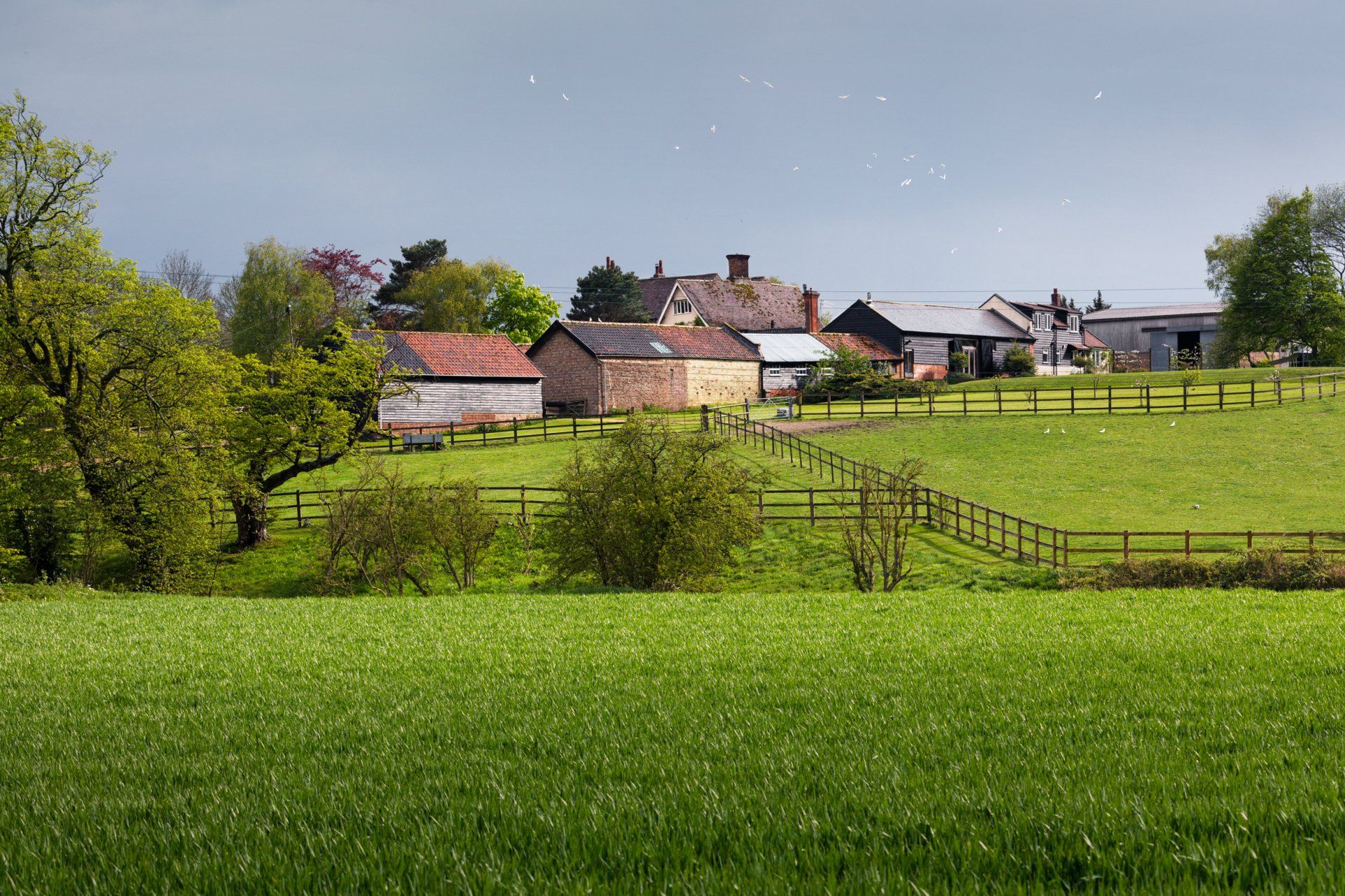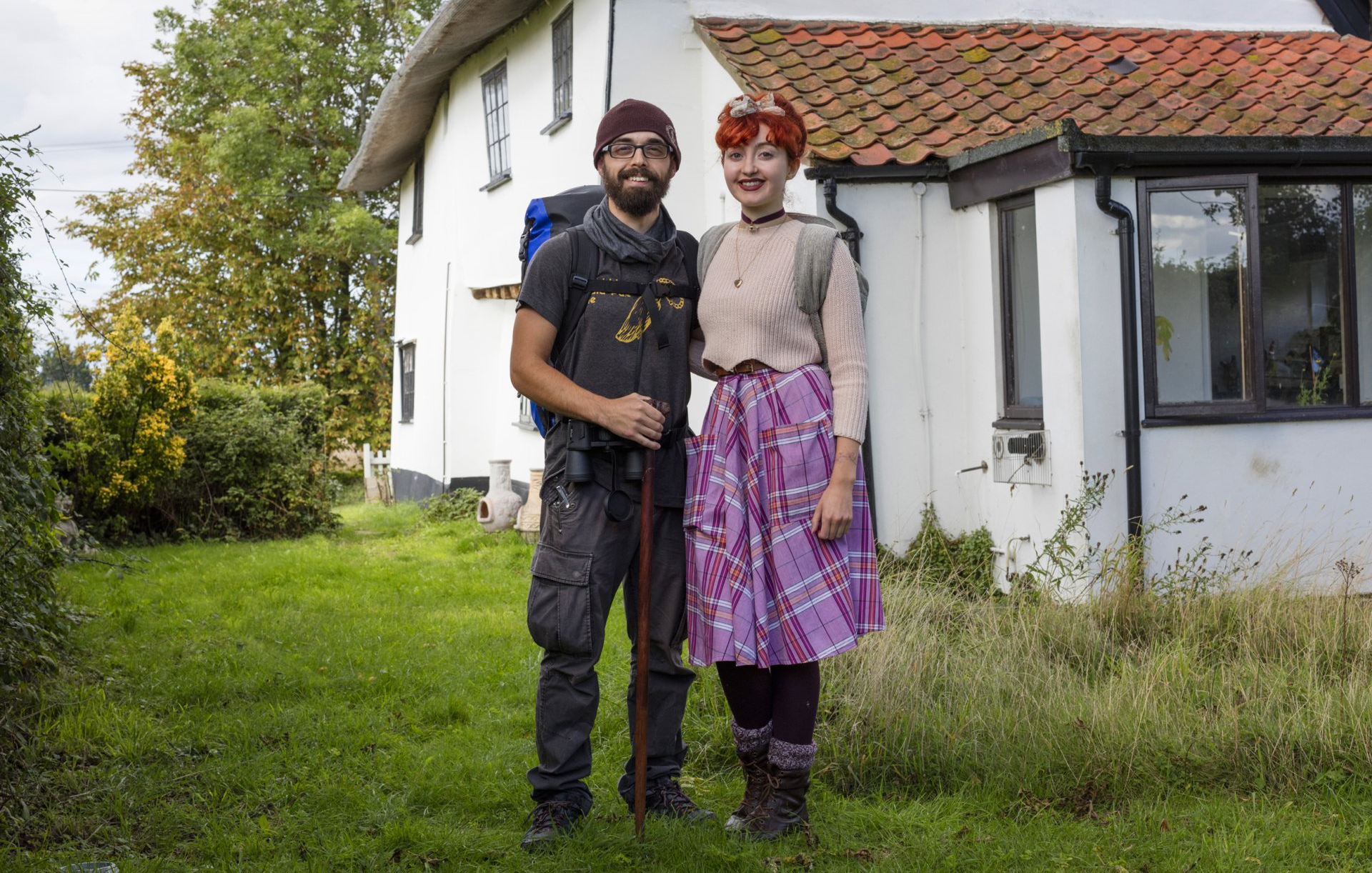Connectivity - Developing Greener and More Connected Homes
Ensuring proper access to adequate (wild) green space should be at the forefront of any decision-making process when it comes to East Anglia's future housing needs.
Regular exposure to the natural world brings benefits both to our physical and mental wellbeing, and it's good for biodiversity.
Too often we are seeing inadequate space made available in our new developments as Michael Rayner from CPRE Norfolk tells WildEast's Laura Hampton.
What is your ideal form of development when considering biodiversity and nature-based connectivity?
On a city level CPRE Norfolk were keen to see the implementation of a green belt, similar to the green wedges model used for cities. Ultimately, this means the development of green corridors for wildlife and biodiversity, which leads to increased nature-based connectivity. CPRE Norfolk would like to see these green corridors running in and out of the City, rather than a traditional green belt circling around it. We believe that to have a connection with nature, you must have a relationship with it. You must see it and experience it on a daily basis. This doesn’t happen when it’s pushed to the outskirts. Our green spaces need to be far better connected.
Sadly this idea was not taken forward as part of the Greater Norwich Local Plan. Whilst it was of course unfortunate that this concept of connectivity was not adopted, we will continue in our fight to make both our countryside and urban centres greener. 83% of the population here in England now live in urban environments. It is paramount that we make these spaces more biodiverse, both for our mental health and wellbeing, for mitigation against climate change, to clean our air of pollution, and for the greater good of the natural world.

Why is it so important to make space for nature when planning for and building new housing developments, and how can nature impact both our mental and physical wellbeing?
Greener developments are particularly important because they give wildlife the corridors they need to come and go easily, for encouraging plant biodiversity, and for our physical and mental wellbeing. Human beings are need green space. They should have the right to move between homes, communities and places of work, and be surrounded by wild green spaces. Some of the lessons we learned from lock down is that local green spaces are really important and you need them on your doorstep so that you can access them easily. By having green spaces connected, it allows you to experience more green open, and increasingly wilder spaces. That’s on a city level.
On a larger level CPRE Norfolk is campaigning for a new national park for the Brecks which would join up many existing reserves and green spaces which are currently under lots of different organisations and ownerships. We believe that such a park would help to join those together and would also improve funding designations for those organisations if designation is achieved. We hope that Breckland District Council and other local councils can take that forward in the fairly near future.
An a development by development basis, we need developers to recognise the importance of nature for residents, and their wellbeing, as well as for the wildlife and to enrich biodiversity. Increased biodiversity and functioning ecosystems also help some of the other very pressing issues that we face such as climate change. We need to address the way that developments are planned through no-brainer decisions like putting solar panels on all south facing roofs. This should be part of planning policy and we are very disappointed that the latest Levelling Up and Regeneration Bill from the Government does nothing to try and address net zero house building. It should be something that is put in place now to really combat climate change, but it would also help in the development of green spaces and biodiversity.

'In terms of the developments taking place at the moment, what do you see as the being the major failings, and how do you think we should be moving forward.'
The end goal is to get the right kind of development in the right place at the right time. By right type we are talking about that net zero goal for all developments from single houses to large scale developments. There is no reason why that can’t be done. But an important part of that would be to ensure that you are building green space not only for the new communities, but also individually for each property so that they are much more nature friendly, not only for the residents but also the local residents and local wildlife.
'Why do we need access to nature, why his wildlife important both for us an as an entity in itself?'
If we look at our experiences over the last two years, we can see how much we have learned about the benefits of nature and local green spaces to human wellbeing both physical and mental. But also of course it's a way of restoring biodiversity on a local and wider basis if we can improve the quality and quantity of green spaces within a built environment. It's all about access. It’s about the relationship we have with nature. We can only ever strengthen our relationship with something like the natural world, if we see it in a regular basis.

'In terms of a call to action then, if people are reading this and thinking, you know what I want to do something to help. What do you suggest they do?'
The really important thing to do is to try and engage with the formulation of your local area’s local plan and that is done at the district of borough council level. That’s when sites are allocated for development over a set period of time, and those plans are reviewed over a 5 yearly cycle. If a site is allocated at that point, it’s too late almost certainly to object to it once the planning application site notice is actually lodged.
Do try and engage with that through your parish or town councillor and also through district councillors who will try and formulate those plans. You could also support organisations that are campaigning on your behalf. CPRE is one of those organisations, and I would urge people to join that because it replies on those membership subscriptions to do its work. So when you join CPRE you not only become a member at a local level, but you also become a member nationally, and the national arm is very effective at joining local government.
CPRE is a countryside charity, which is campaigning for the right kind of development for healthy communities across the country and the countryside. By engaging with CPRE you will be engaging them to get the right kind of development in the right places. It’s not just about stopping things, and preserving the status quo, its about getting the right kind of developments so that things improve and we are able to have truly sustainable rural communities rather than leaving them rather as a back water in terms of policy.
WildEast Blog

Powered by LocaliQ
Follow Us
SIGN UP FOR NEWS & UPDATES
Newsletter Sign Up
Thank you for signing up to our newsletter.
Please try again later.
Privacy / Terms & Conditions / Sitemap
